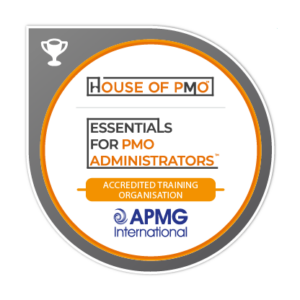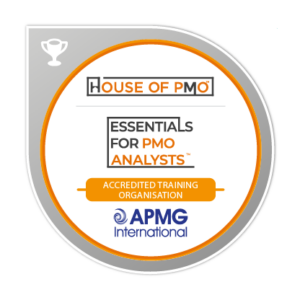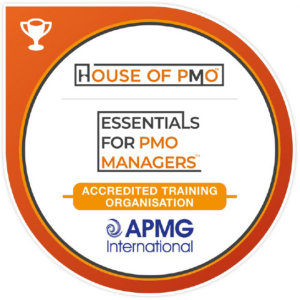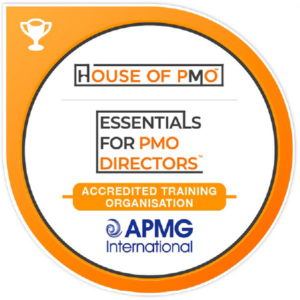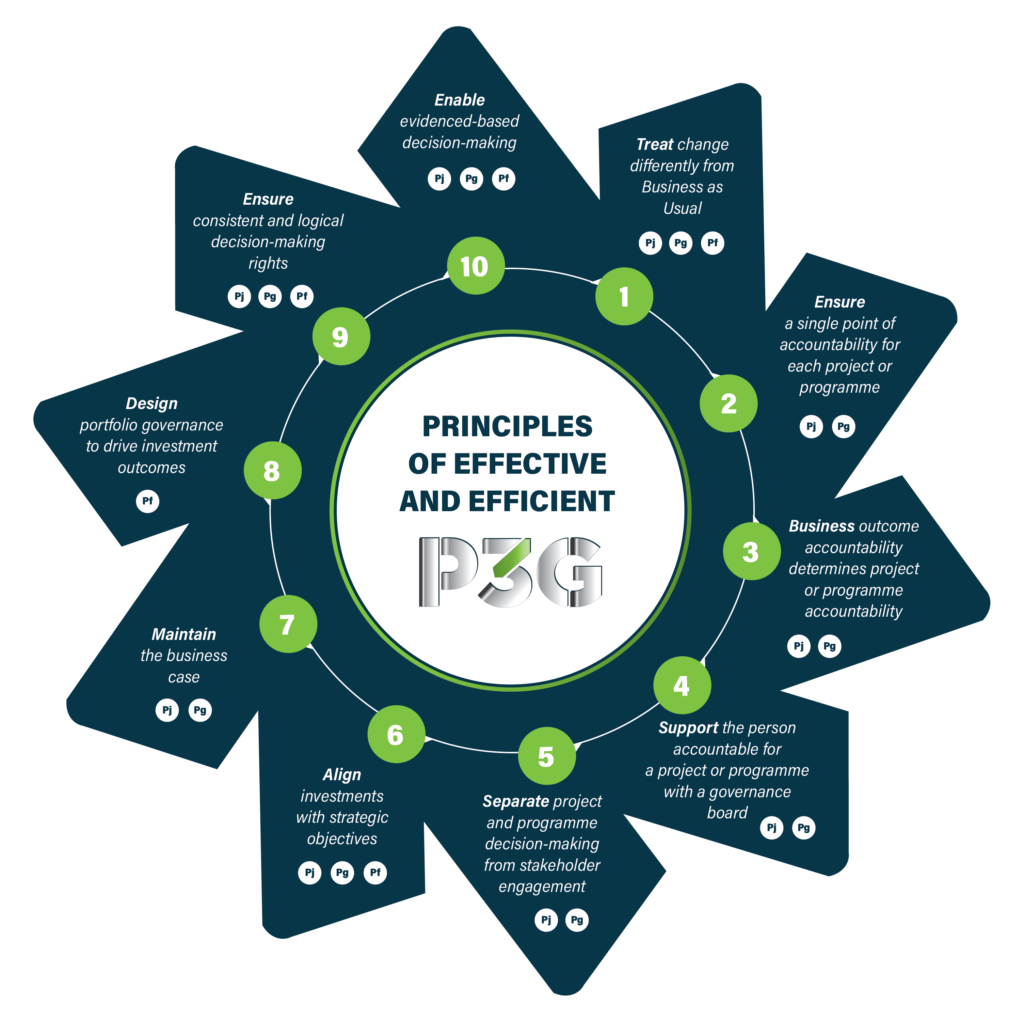
Here at PMO Learning, we are only a few weeks away from our Benefits Management course, running on the 15th December. This course always raises some great discussion points, particularly around what we recognise as ‘benefits’ in different organisations, and how they are valued. When we think of benefits in our organisation, what do we think of first?
Generally, our first association with the term ‘benefits’ is financial – increased profits, sales, revenue. However, if we have a portfolio that only considers financial benefits, we neglect possible intangible benefits that may be very advantageous to an organisation, such as wider brand awareness, improved customer and employee satisfaction, and an increase in compliance. Often, such projects are driven by experienced professionals in senior roles.
These individuals are in place due to their strong business sense, and so while there may be no clear financial benefits, their gut instincts are still a good indicator that a project is worthwhile.
Hidden Benefits
Whilst intangible benefits may be difficult to measure, some future analysis may help to understand potential financial benefits linked to the change.
Let’s take a look at an example. An organisation is looking to build a gym in the office. On the surface, what are the most apparent benefits in doing so? Increased employee satisfaction? Healthier staff? Less employee turnover? Increased productivity? A lot of these benefits may be difficult to measure – there is no reasonable way to measure the day-to-day happiness of staff, or to know if the gym has directly caused this happiness.
These benefits may also be financially beneficial; if a company pays for health insurance, healthier staff may reduce their premiums. There are also costs associated with hiring new staff, reducing employee turnover helps to limit these.
There are also benefits which are less apparent, for example staff arriving earlier to the office to use the gym, may be more prepared to get going at the start of their working day.
There are many unexpected moments of productivity that may arise if staff are using the gym before and after work i.e. if a gym class finishes at 8:30am, employees are likely to head straight to their desk and begin their day. Likewise, if the gym is busy directly after work, staff may stay at their desks until the gym has quietened down.
The expectation of the organisation is not that employees work longer, but rather the presence of the gym onsite allows for such difficult-to-measure opportunities.
On a larger scale, coffee brands may choose to source more expensive coffee beans, such as Fairtrade, or organic, in return for increased brand awareness, or improved PR. In turn, they may increase their customer base, as well as justifying a higher selling price for their drinks.
Corporate Social Responsibility
Many organisations demonstrate corporate social responsibility by supporting charity initiatives, volunteering, or getting involved with their local community.
If your organisation is involved in these kind of initiatives, it might be interesting to consider how the levels of investment in these initiatives are considered in the same way as other projects are.
Do these initiatives have a business case in the same way, in which there is a justification posed to more senior members of the organisation? If not, how are specific initiatives chosen over others? Are such initiatives chosen on their intangible benefits? If yes – how are they modelled and measured within your organisation?
The Role of the PMO
So where does the role of the PMO come in?
The PMO is responsible and owns the business case template, and therefore need to provide the opportunity for both Project Sponsors and Project Managers to provide details of non-tangible benefits.
This communication can allow the PMO to educate Senior Managers on intangible benefits and how these benefits can be incorporated into their portfolios. Furthermore, the PMO can be responsible for the prioritisation and optimisation process, making decisions on the weighting of tangible and non-tangible benefits, and how this can be implemented into projects, programmes and portfolios.
How does your organisation measure intangible benefits? How does this compare to tangible benefits?
We’d love to hear your thoughts about financial and intangible benefits, let us know what you think down below!
Looking to learn more about Benefits Management? Join us on the 15th December!
Enjoying Our Blog?
Sign up and receive all our articles (we’ll send you an update once a week!) plus special offers and events:







